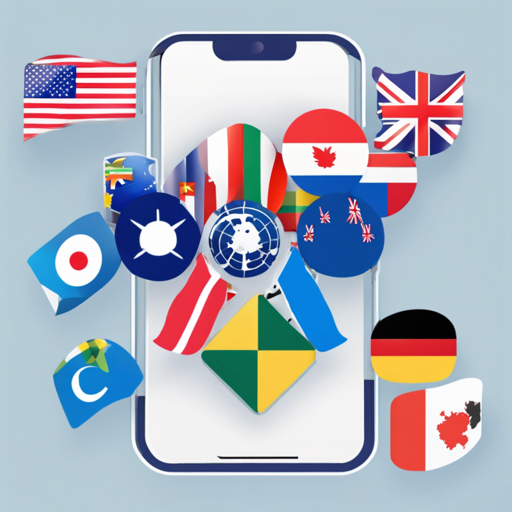Internationalization (i18n) might seem like a daunting task, but with the flutter_i18n package, it becomes as easy as pie! In this guide, we’ll walk through how to easily implement and manage i18n in your Flutter application.
Why Should You Use flutter_i18n?
The primary goal of flutter_i18n is to simplify the i18n process in Flutter applications. Imagine you want to cater to a diverse audience, speaking different languages. Instead of writing endless condition checks and managing multiple hardcoded texts across your app, you can use simple JSON files—each representing a different language—to handle translations seamlessly.
Loaders
Loaders in flutter_i18n are like the delivery trucks that bring your translation documents to the app. They help manage the loading process of your translations from different sources. Here are some loaders you can use:
- FileTranslationLoader: Loads translations from JSON, YAML, TOML, or XML formats.
- LocalTranslationLoader: A variant of FileTranslationLoader that pulls translations from device storage.
- NetworkFileTranslationLoader: Grabs translations from a remote resource.
- NamespaceFileTranslationLoader: Loads translations from separate files for each language.
- E2EFileTranslationLoader: Tailored for solving isolates issues in Flutter drive testing.
Setting Up FileTranslationLoader
Before you can use flutter_i18n, you must implement the FileTranslationLoader. Here’s the analogy: Think of your project folder as the library. Each translation file acts like a book that contains the translations of words and phrases in one language. You need to create a dedicated section called basePath in the library to store these books.
Follow these steps:
- Create a folder in your project’s root called
basePath. For instance:assets/flutter_i18n. - Store your translation files in this folder using the following naming conventions:
languageCode_countryCode.jsonlanguageCode_scriptCode.jsonlanguageCode_scriptCode_$countryCode_.json- Or just
languageCode.json.
- Update your
pubspec.yamlto include this new folder as an asset:
flutter:
assets:
- basePath
Configuring flutter_i18n
Next, you need to configure the localizationsDelegates in your MaterialApp. This step is like setting a table before a grand feast—you need to have everything arranged properly:
dart
localizationsDelegates: [
FlutterI18nDelegate(
translationLoader: FileTranslationLoader(...parameters...),
missingTranslationHandler: (key, locale) =>
print("Missing Key: $key, languageCode: ${locale.languageCode}");
),
GlobalMaterialLocalizations.delegate,
GlobalWidgetsLocalizations.delegate,
],
builder: FlutterI18n.rootAppBuilder()
Using flutter_i18n in Action
Once the configuration is done, you can easily translate strings using:
dart
FlutterI18n.translate(buildContext, 'your.key');
Other functionalities include:
- Forcing a language to be loaded at runtime.
- Plural translations.
- Using shorthand for Text widgets.
Troubleshooting
If you encounter any issues, here are some troubleshooting ideas:
- Ensure your translation files are stored correctly under
basePath. - Remember to correctly reference the loaders in your main configuration.
- Check the naming conventions of your files if translations are not appearing.
- For any deep dives or collaborative projects, feel free to reach us at fxis.ai.
Conclusion
By leveraging flutter_i18n, internationalizing your Flutter applications is no longer a Herculean task. With just a few steps, your app can seamlessly cater to various languages and provide a global user experience.
At fxis.ai, we believe that such advancements are crucial for the future of AI, as they enable more comprehensive and effective solutions. Our team is continually exploring new methodologies to push the envelope in artificial intelligence, ensuring that our clients benefit from the latest technological innovations.

